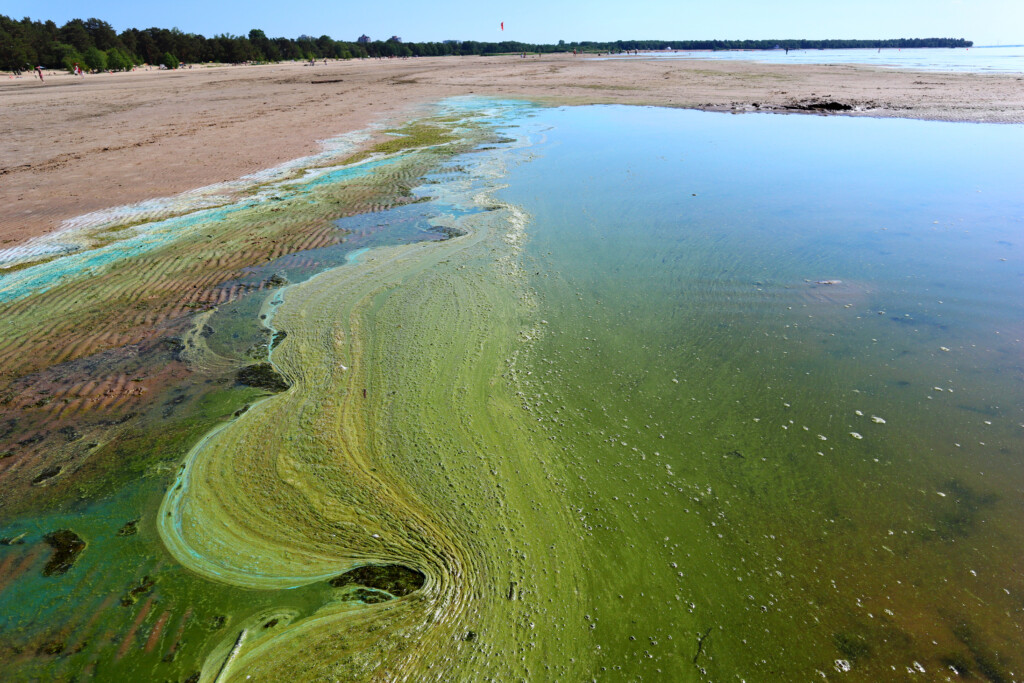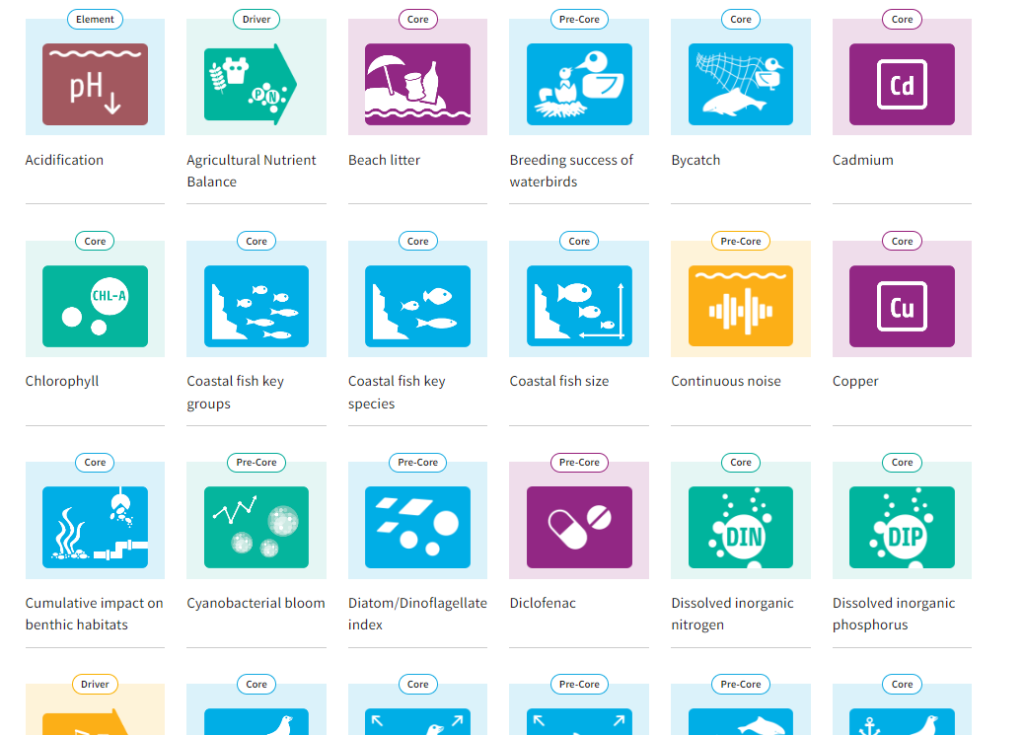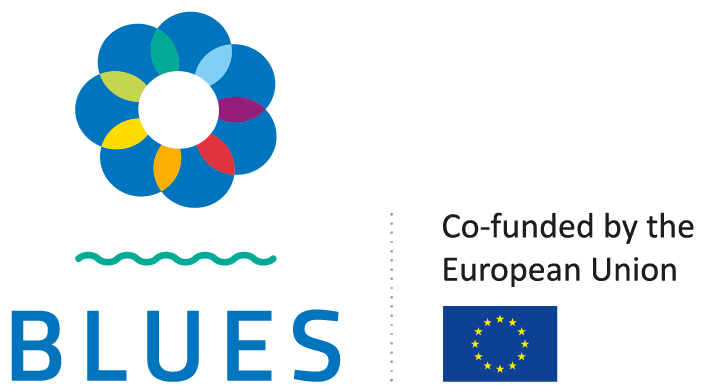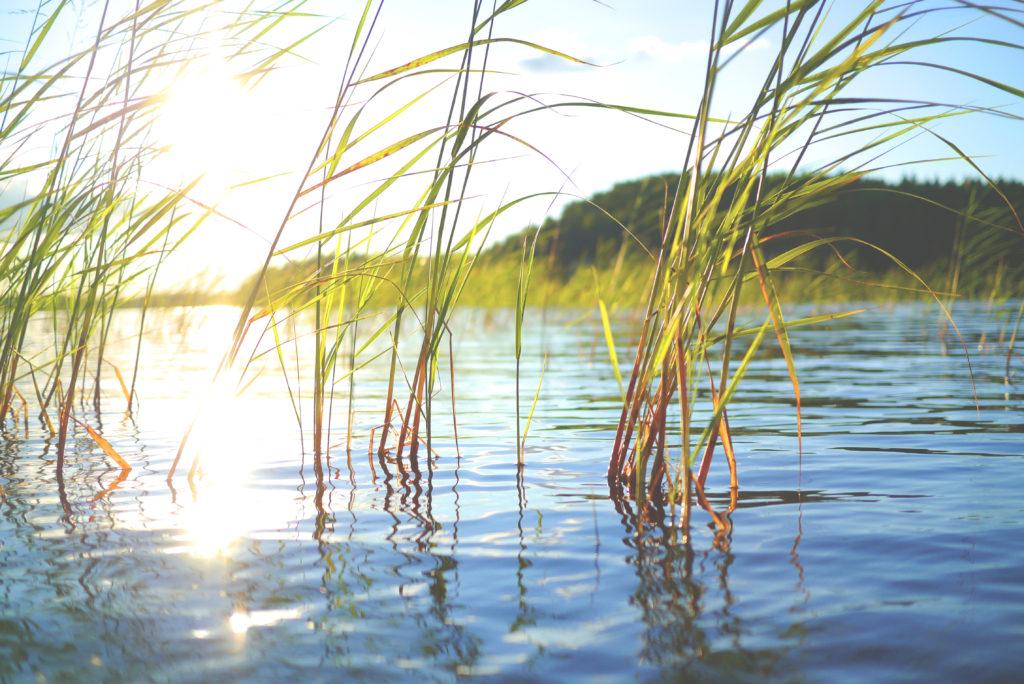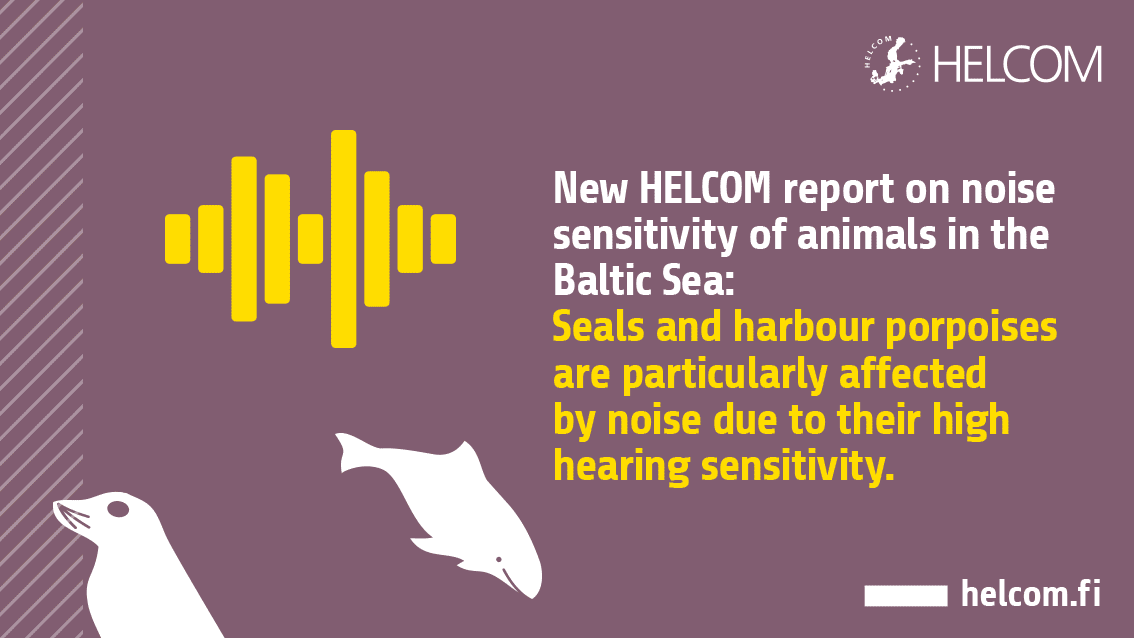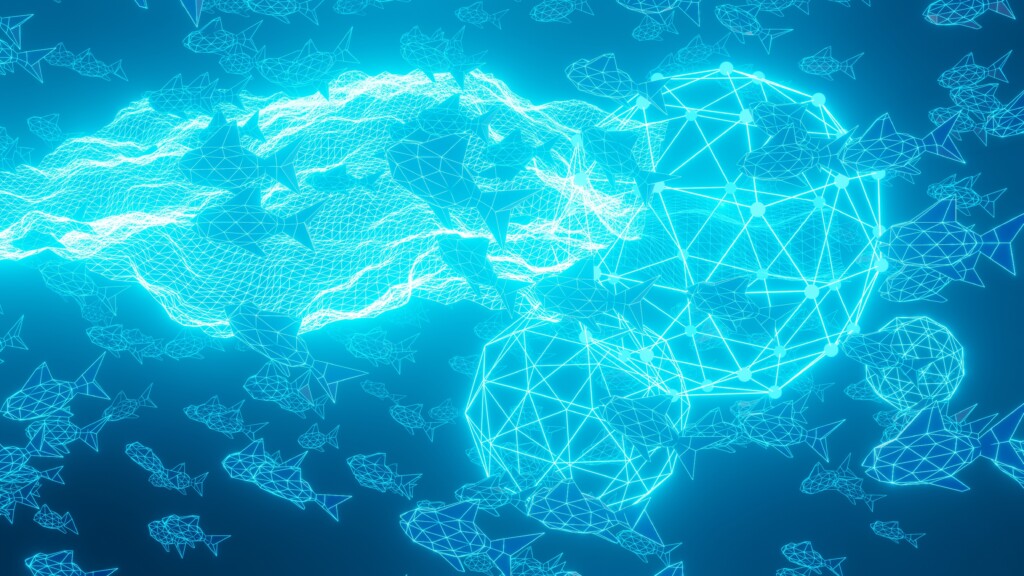
HELCOM has officially launched its first data call for PROTECT BALTIC, inviting stakeholders to share crucial biotic, abiotic, and supporting data on the Baltic region. This initiative aims to boost protection efforts and improve strategic planning.
HELCOM is seeking information on a large number of parameters which make up the Baltic Sea ecosystem, including benthic species, birds, bottom organic matter content, chlorophyll-a concentration, dissolved organic matter, fish and decapod crustacean species, hypoxia, sediment maps, sedimentation accumulation rates, fish spawning and nursery areas, and turbidity.
The collected data will be used to update models for both abiotic and biotic parameters, such as species and habitat distribution, as well as mapping ecosystem functions and services.
The deadline for submitting all relevant and up-to-date data, complete with metadata, is 31 March 2024.
All national data collected will be amalgamated into a Baltic-wide dataset, aligning with HELCOM’s commitment to open accessibility in line with its data and information strategy.
The underlying unrestricted data will be made publicly available through the HELCOM Map and Data service and/or HELCOM Biodiversity database, ensuring transparency and facilitating the replicability of assessments.
Contact
Kimmo Koivumäki
GIS Data Specialist for PROTECT BALTIC
kimmo.koivumaki@helcom.fi
+358 44 7071 801

